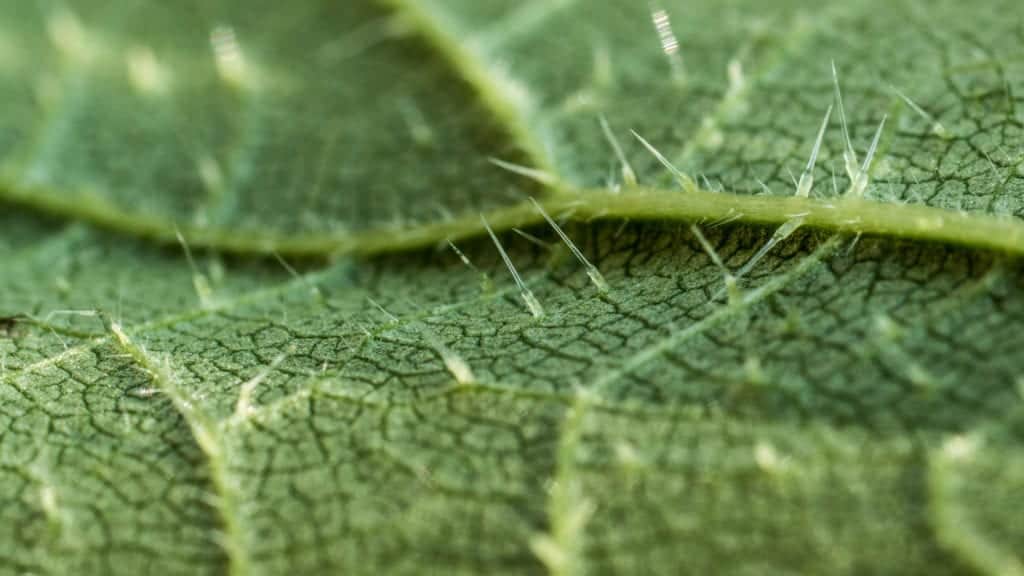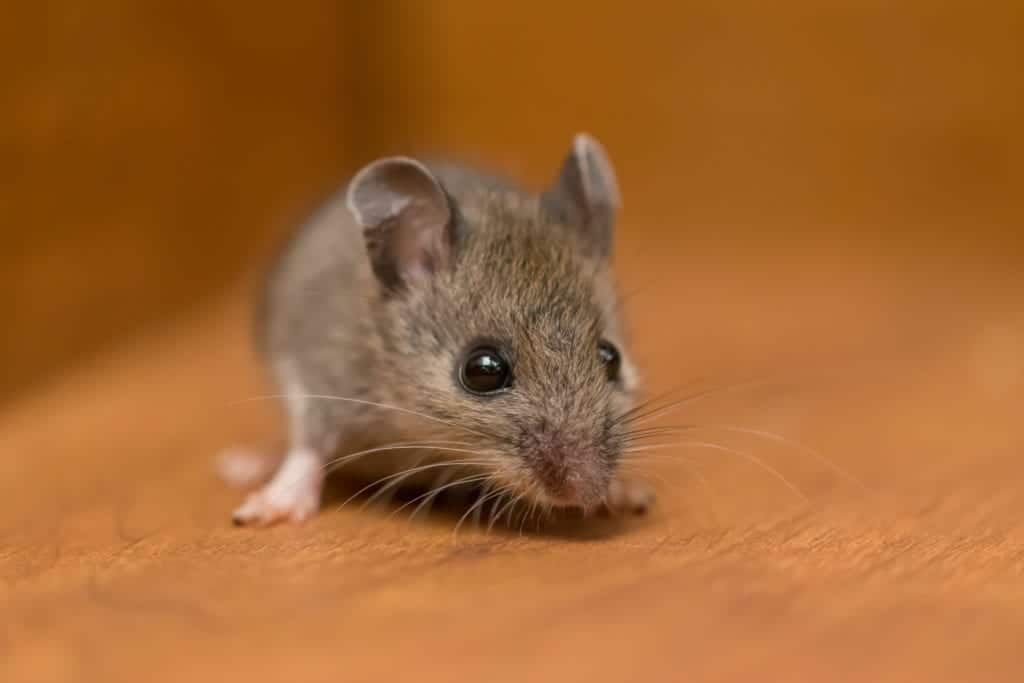New Innovations in Pest Control
New Innovations in Pest Control
As the world is ever changing, so are all of our industries, and pest control is no exception. As technology advances, communication excels, and new information is discovered, the space for new innovations stretches out before us with open arms. Here are just a few new techniques and ideas that are being introduced into the pest control world and, hopefully, will change the game for us moving forward.
Bed Bugs and the Trichome Project
A pesticide known as DDT was once widely used to combat bed bugs and even nearly eradicated them. However, in the 1990’s DDT was discovered to be a highly dangerous pesticide and, as such, was immediately discontinued. Following this, there was a surge in bed bug populations and a new, far safer treatment became popular: heat. In these treatments, the infected area is heated to at least 115°F (46°C) for roughly 20 minutes, which is ample time for the little creepy crawlers to expire from exposure to the heat. Not only is this treatment ecofriendly, but it will kill both adult bed bugs and their eggs. While this is a fantastic alternative to utilizing toxic DDT, it can be a bit of a hassle, so scientists have been looking for other treatments to help in the war against bed bugs. In fact, an age-old trick is now being studied by scientists as a natural source of prevention against bed bugs. In old Balkan traditions, leaves were utilized to prevent bed bugs from entering one’s bed. The leaves, which were arranged around sleeping areas, come from a common Balkan bean plant and were covered in super tiny, hook-shaped hairs known as trichomes. These trichomes are sharp on a microscopic level and catch bedbugs feet/legs as they walk along – actually spearing through their soft joints and tissue, effectively stopping them in their tracks. The leaves are so effective in fact, that a team of scientists are working with the National Science Foundation in order to develop a nontoxic microfiber that simulated the trichomes on a geometric level and can be built into fabrics to literally stop bed bugs in their tracks! If successful, this project could change the game for bed bug control around the world. 
Advances in Communication and Cooperation
The war against pests is typically dealt with by households and commercial properties on a case-by-case basis. But recent changes in communication and carefully recording data have led to subsequent improvements in pest control. One example of this includes the outstanding mosquito control efforts of Disney parks. Through the use of a Mosquito Surveillance Program, 60 mosquito traps have been strategically placed throughout their park, collecting data on populations, breeding areas, etc. This has eliminated blind spraying and replaced it with patterns guiding the teams on both where and when to spray based on extensive scientific data. Similarly, New York has begun to tackle their rodent population as a united city utilizing data regarding their food sources and populations. On average, New York city produces 33 million tons of trash, and this trash is left out, available to the rats. In response to this the city has designed a new trash receptacle that will operate similar to mailboxes, effectively sealing off the trash once it is placed into the can in order to cut off their excess food supplies. There has even been a more widespread impact of data sharing in general as well… in fact, social media platforms are helping scientists understand insects better. Think of how many videos you’ve laughed at of people freaking out over spiders. These videos along with pictures on Instagram and posts on Facebook have all begun to unknowingly provide a catalogue of different insect species, their prevalence, and their locations across the world. While ecologists and entomologists have been using these social networking platforms for quite a while to achieve a similar purpose, it is becoming more crucial to have the raw, widely-spread data. By utilizing social media, scientists and pest control experts such as ourselves will be able to better predict infestations, thereby having the opportunity to protect our communities better and faster. 
Birth Control for Pests
Rather than controlling populations through extermination, there are new innovations regarding curbing populations before they can ever get out of hand. In particular, new studies regarding mice have yielded fascinating results. Surprisingly, when female mice smell the tears of baby mice, they are able to pick up on particularly powerful pheromones. The pheromone known as ESP22 is only produced by baby mice aged 1 to 3 weeks. These pheromones block out the chemicals that are being produced by the sexually mature males (pheromone ESP1), essentially making them far less appealing to females. When a Japanese study was conducted to look into this, it was discovered that it resulted in a drop in birth rates among the mice. Scientists are currently looking into utilizing these pheromones as a treatment around homes and businesses with rodent problems. This would help curb the risk of a population increase while the professionals are simultaneously working to prevent remove the mice that are already present. If successful, this could be an amazing breakthrough for natural and safe rodent control methods. 
Perlite
Also known as volcanic glass, perlite is a kind of rock formed when lava is shot from an active volcano, rapidly cooling to a solid. This rapid cooling process traps water within the hardened structure, resulting in a glass-like appearance and feel. Due to its various uses and properties, researchers Jean M. Deguenon, Ph.D. and R. Michael Roe, Ph.D. of North Carolina State University, began testing the possibility of using perlite as a potential vector control product. It is thought to act as a powerful dehydrator for mosquitos, thereby possessing the ability to cause mosquitos to expire from lack of moisture. After conducting extensive tests, it was determined that, while the processed form of perlite, imergard, did not repel mosquitos, it did prove fatal after a few hours of exposure. The use of perlite is a mechanical treatment, not chemical, making it a safe treatment option, and further testing is revealing that it may protect against other insects as well. A decision regarding the approval of perlite as a new active agreement is currently pending with the World Health Organization as of November 2019. The EPA is also considering imergard as a potential biopesticide and it is currently undergoing testing for approval in the US. If it is approved, we could have a commercial release date of this new innovative pest control product in early 2021. 
Citations
Daley, J. (2018) Your Hysterical Tweet About That Spider in Your Sink Could Prove Useful for Science, The Smithsonian Magazine. Available at: https://www.smithsonianmag.com/smart-news/scientists-use-twitter-pics-study-spiders-ants-and-birds-180970237/ (Accessed: September 2020). Gannon, M. (2017) Bedbugs: Facts, Bites and Infestation, LiveScience. Available at: https://www.livescience.com/42297-bed-bugs-facts-information.html (Accessed: August 2020). Polan, S. and Sharma, U. (2018) Why Cities Can’t Get Rid of Rats, YouTube. Science Insider. Available at: https://www.youtube.com/watch?v=cD6eZrrcp1Y (Accessed: July 2020). Roche, J. (2020) Volcanic Rock Yields a New Kind of Insecticide for Mosquitoes, Entomology Today. The Entomological Society of America. Available at: https://entomologytoday.org/2020/09/02/volcanic-rock-yields-new-kind-of-insecticide-for-mosquitoes/ (Accessed: October 2020). University of California – Irvine. (2013) Bean Leaves Can Trap Bedbugs, Researchers Find. Science Daily. Available at: https://www.sceincedaily.com/releases/2013/04/130409211932.htm Velardo, M. (2017) What is Perlite?, Sciencing. Available at: https://sciencing.com/perlite-5402928.html (Accessed: October 2020). Watch Bed Bugs Get Stopped in Their Tracks (2019) YouTube. Deep Look & The National Science Foundation. Avialable at: https://www.youtube.com/watch?v=ToeWrGTGOOI (Accessed: June 2020) Why Are There No Mosquitos at Disney World? (2018) YouTube. Midway to Main Street. Available at: https://www.youtube.com/watch?v=_30jPKzWdN0 (Accessed: August 2020).
Request a Free Quote Today
(We do not share your data with anybody, and only use it for its intended purpose)
